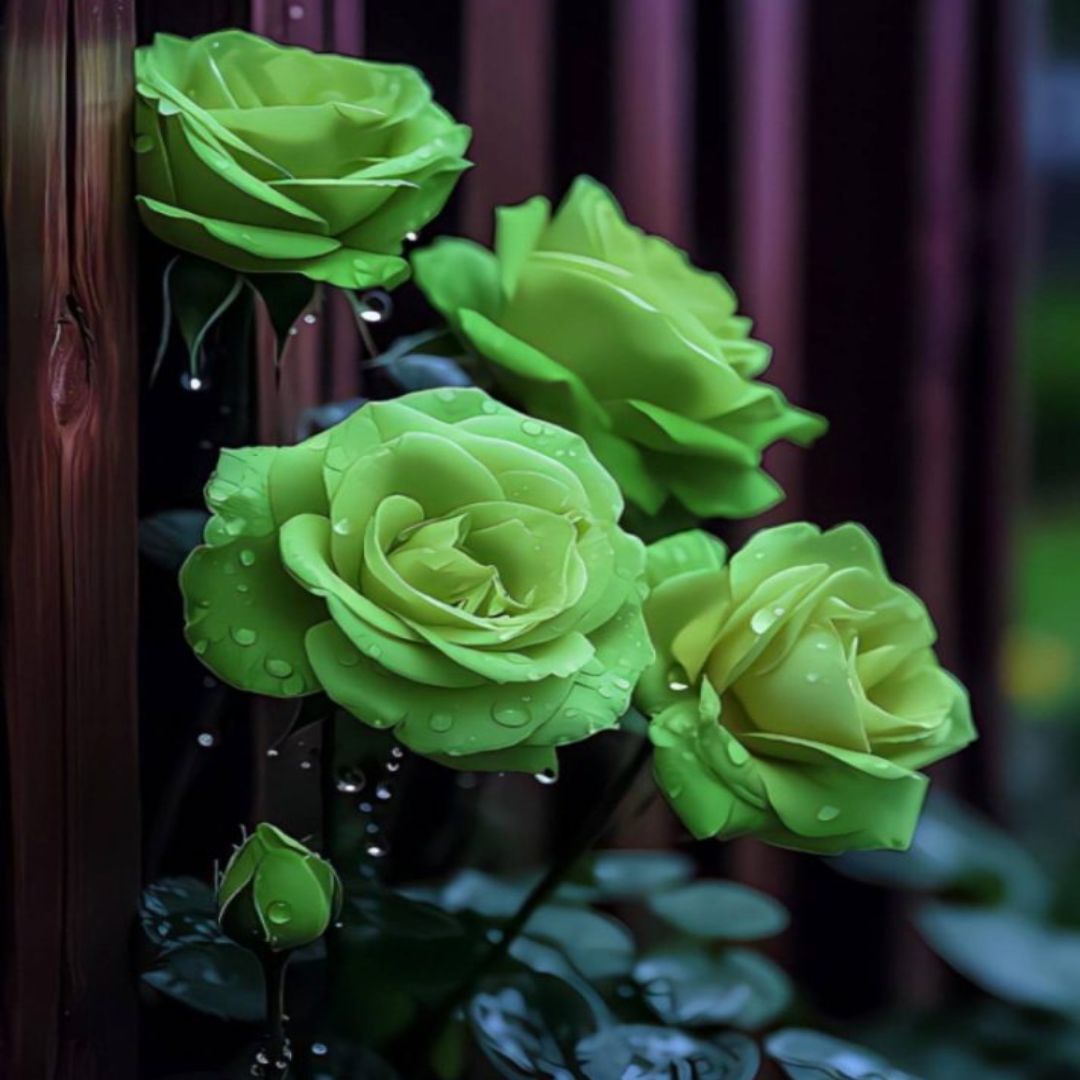Here is a list of the most beautiful Cut Flower Plants You Can Regrow from a Bouquet. This way, you can propagate your favorite blooms for free!
If you have received a wonderful bouquet from a friend, then do not just use it as a centerpiece. You can grow plants from it! Sounds amazing? It is! Here’s an exclusive list of the Cut Flowers You Can Regrow from a Bouquet!
Cut Flower Plants You Can Regrow from a Bouquet
1. Hydrangea
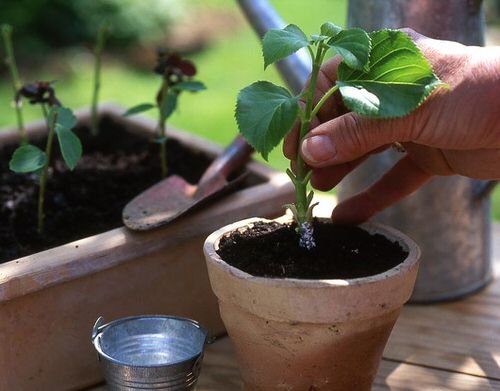
nature-and-garden
Botanical Name: Hydrangea macrophylla
Hydrangeas are the most beautiful cut flowers that you can re-grow from bouquets. Search for those with stems with leaves, snip away the bottom leaves, leaving the top set intact.
Plant the cutting in a 50% peat moss mixture and 50% horticulture perlite or 50% sand. It will take around 3-4 weeks for the roots to develop.
Read how to grow hydrangea from cuttings here
2. Rose

Shutterstock/Pavlo Melnyk
Botanical Name: Rosa
Take the cutting from a bouquet, snip half an inch from the bottom, dip it in a rooting hormone and plant it in a seed starting mix. You can also go for a growing medium that’s especially available for growing roses.
Here’s everything you need to know about growing roses from cuttings
3. Azalea
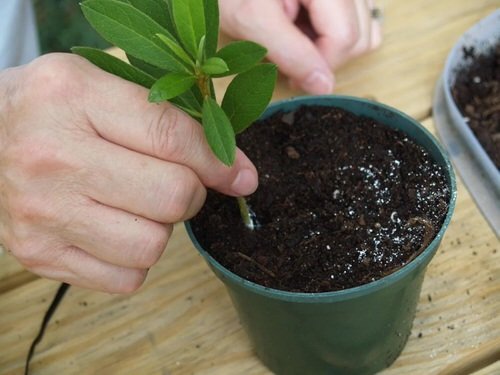
richmond
Botanical Name: Rhododendron
Grow azaleas from cuttings easily by simply trimming half an inch of the end. Once done, dip it in a rooting hormone and plant it in a well-draining potting mix. Keep it where the cutting gets bright, indirect light. It will root in 4-6 weeks.
4. Lilac
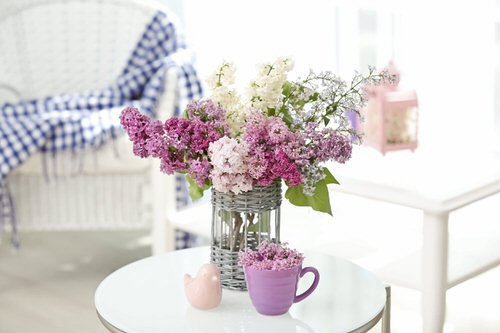
123rf/serezniy
Botanical Name: Syringa
Sweet-smelling lilac can be re-grown from cut flowers! The process is simple, cut away the bottom half-inch of the cutting, dip the end in rooting hormone, and plant in pots. Cover the pot with a plastic bag for humidity, and it will root in 6 to 8 weeks.
5. Lavender
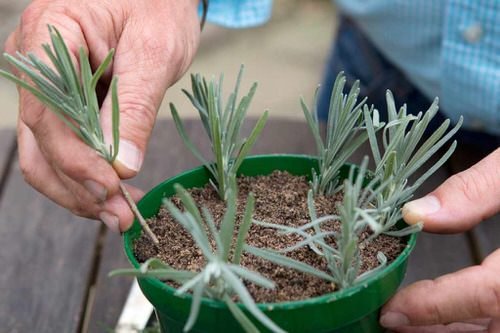
gardenersworld
Botanical Name: Lavandula
Using a sharp shear or cutting knife, take a few millimeters off the bottom end of the cutting. Dip the cut end in a rooting hormone and plant it in a pot filled with a seed starting mix. It will root in 3-5 weeks.
Check out our article on growing Lavender from cuttings here
6. Honeysuckle
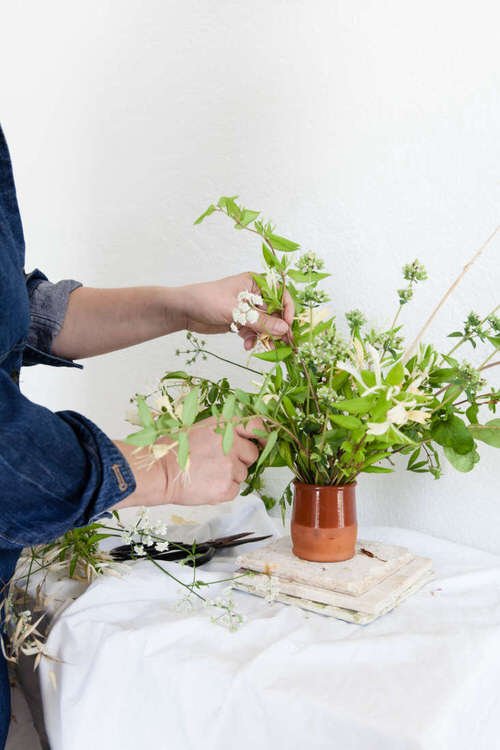
gardenista
Botanical Name: Lonicera
Honeysuckle from a bouquet can be rooted in both soil and water. Remove all bottom leaves leaving two at the top of softwood cuttings. Put the cut end either in a jar filled with water or soil. The root will grow in about 2-4 weeks.
7. Chrysanthemum

123rf/malkovkosta
Botanical Name: Chrysanthemums
Dip the ends of the cut flower in a rooting hormone and plant it into a small container filled with moist, loamy, well-draining, airy soil. Keep it in bright indirect light, and the cutting will form roots in several weeks.
Here’s all you need to know about growing Chrysanthemums
8. Aster

123rf/belchonock
Botanical Name: Aster
This popular and traditional cut flower can be propagated from 3-5 inch cutting—root them in a well-draining medium like perlite or sand. Cover the cuttings using a plastic bag; it will hold moisture. The cutting will form roots in 4-6 weeks.
9. Gerbera
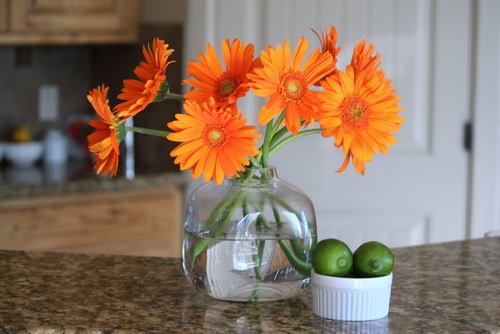
shutterstock/Jewelzz
Botanical Name: Gerbera
If the bouquet has 6-8 inches long stem cuttings of gerbera with leaves, then you can easily regrow it. Remove any flowers or buds from the top of the stem and all the bottom leaves as well.Dip the cut end into a rooting hormone and plant that into a pot with quality potting mix.
Check out our detailed article on how to grow Gerbera from cuttings here
10. Dahlia
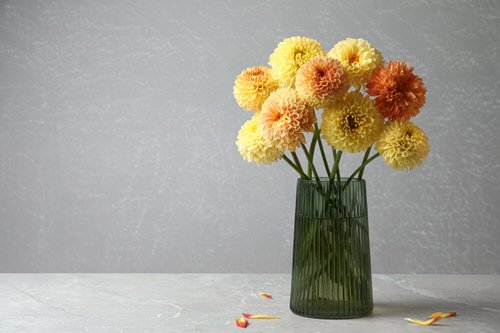
123rf/belchonock
Botanical Name: Dahlia
To grow Dahlias, you need 3-6 inches long cutting. Dip the end in a rooting hormone and plant it in a well-draining growing medium. Keep it at a location where it gets bright indirect light. It will root in 2 to 3 weeks.
A Quick Rewind on How to Re-grow Cut Flowers?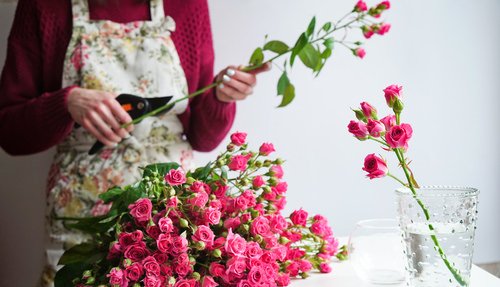
Shutterstock/Lipa23
- It is essential that you snip off the flower from the cutting before you grow them. It will save the stem from using its energy to conserve a dying flower and re-direct it into growing roots.
- Take a 2-6 inches long stem with a set of leaf nodes.
- Remove all the lower leaves.
- Dip the cut ends in a rooting hormone.
- Place the cuttings in a moist, soilless potting mix.
- Cover the plant with a plastic bag to retain moisture and humidity.
- Keep the growing medium moist and place the pot where the cuttings get bright indirect light.
Few Things to Remember
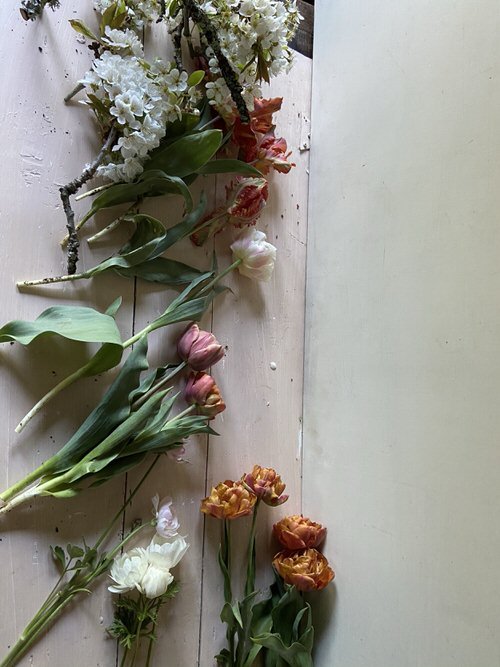
milliproust
Fresh flower cuttings have the highest chances of rooting. If you want to propagate the cuttings, make sure you do so the very first day you receive the bouquet. Remember, if the bouquet is dying, you cannot re-grow anything from it.
Also, occasionally bouquets are intentionally arranged, so there are no nodes on the flower. In such a case, you can not re-grow a plant from these bouquets.


